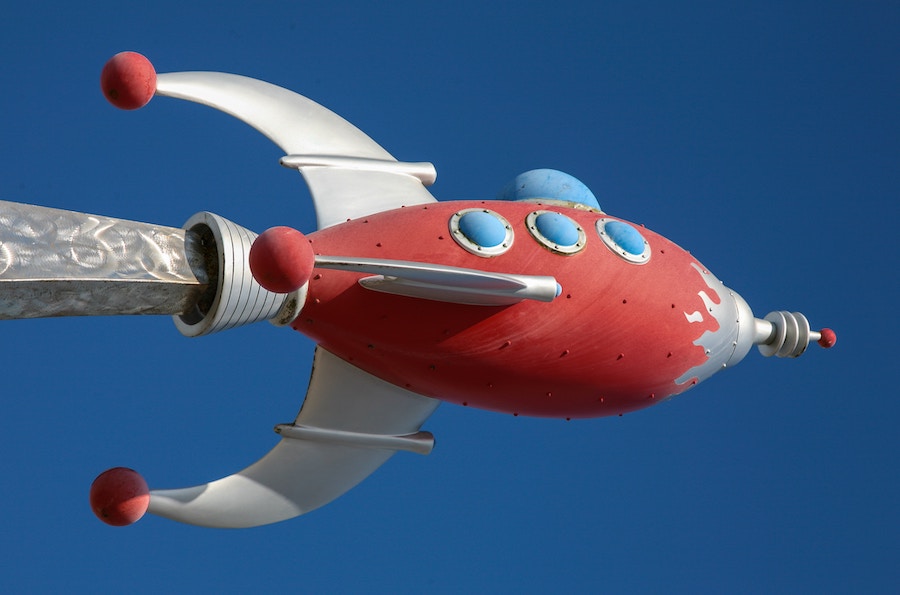By: Kayla Matthews
Innovation is what creates progress and change. Without the introduction of new ideas and processes, we’d never get any further in life than where we are right now. In business, specifically, innovation means changes to technology and the economy. By always releasing a new, better product, companies constantly up the game to be better in every field.
Here are some of the best innovators to watch in 2019:
1. John Ackerly
John Ackerly is the CEO and co-founder of Virtru, which is a SaaS business focused on email and data encryption. SaaS stands for software-as-a-service, meaning it sells the software needed to keep highly encrypted information safe. Recently, Virtru brought in about $40 million in funds. The company has reached over 5,400 corporate and institutional clients. Virtru is used in the Department of Veterans Affairs, several Fortune 500 companies, and the governments of Maryland and Virginia.
Ackerly works with his brother at the company, Will Ackerly, who is CTO, co-founder and a former National Security Agency engineer. John worked in the White House during the Bush administration as a post-9/11 strategist and technology expert. They started Virtru in 2012 to keep sensitive data from getting into the wrong hands.
2. Winston Frazer
Winston Frazer is CEO and co-founder of Danae Prosthetics, a company creating prosthetic covers with 3D printing. Using 3D printing technology, they can create completely customized covers for lower-limb prosthetics, providing a measure of design and unique integrity. The engineers only have to use a photograph or scan of the prosthetic to get started making colorful covers that are symmetrical to the customer’s other leg. Danae is going further to innovate ways to 3D print metal, powders and resins cheaply and easily.
Frazer graduated from the Maryland College of Art before studying in São Tomé and Príncipie off the coast of Africa. Noticing that many citizens on the islands were amputees, he was inspired to create empowerment for people with artificial legs all around the world. Danae is based out of Baltimore and was launched in 2016.
3. Fig O’Reilly
Model, philanthropist, coder and now datanaut, Fig O’Reilly has a hectic schedule. O’Reilly is notably the executive director of Space Apps DC and organizer for NASA Space Apps Challenge in the region. The challenge consists of everyone from engineers to basic problem-solvers racing to create space exploration innovations throughout a weekend on an international stage. O’Reilly often uses NASA’s data collection to create new processes and products for space exploration herself.
A graduate of George Washington University’s School of Engineering and Applied Science, O’Reilly visits schools to teach and encourage kids to get involved in coding. She’s also started up the #EmpowermentThroughCoding platform to help more girls to get involved with coding and other STEM fields.
4. HICCUP
HICCUP stands for Hierarchical Machine Learning Model for Cancer of Unknown Primary. In layman’s terms, the HICCUP machining process classifies previously unknown cancers. Cancer of Unknown Primary, or CUP, is a leading cause of cancer-related deaths around the globe. This machine process uses cell-free DNA to cross-analyze with stored data, which contains 1,340 tumor profiles and 225 blood profiles.
The best thing about HICCUP is that the entire process is cost-effective, from start to finish. The program has a 93.5 percent accuracy rate, with 18 percent improvement from testing. HICCUP was created by a senior at Crescenta Valley High School, Lyron Co Ting Keh. With such early innovation with a strong process right out the gate, there is only room for growth as times goes on.
5. Quantum Support Vector Machine Kernal Algorithm
In the same vein of machine learning is the Kernal Algorithm infused with artificial intelligence technology. The Kernal Algorithm, which is operated by IBM’s Qiskit software, is trained to classify objects and find hidden patterns within massive amounts of data. Using this pattern-detecting software, people can find more information from less and get better results than ever before.
The Kernal Algorithm has already been used to classify the breast cancer dataset and can determine if cells are malignant or benign. It can also prove quantum processing and machine learning is extremely useful and potentially even necessary in a lot of fields all over the world. In time, quantum hardware will become more complex to find even harder-to-see information, but the Kernal Algorithm is where this journey begins.
The New Generations
The innovators on this list, from people to companies, are by far not the only ones making a difference in the world. Innovation is coming from many different people from a lot of places around the world. The new progress we see today will echo for generations to come, leading to the next big innovation down the road. For now, though, we’ll make progress with what we have and come up with new, outlandish ideas as we keep moving forward.
About the author
Kayla Matthews, a tech-obsessed innovation writer, has written featured pieces for InformationWeek, The Innovation Enterprise, The Muse and more. You can see more of Kayla’s work on her site, Productivity Bytes, or follow her on Twitter @KaylaEMatthews.
Featured image via Unsplash.

